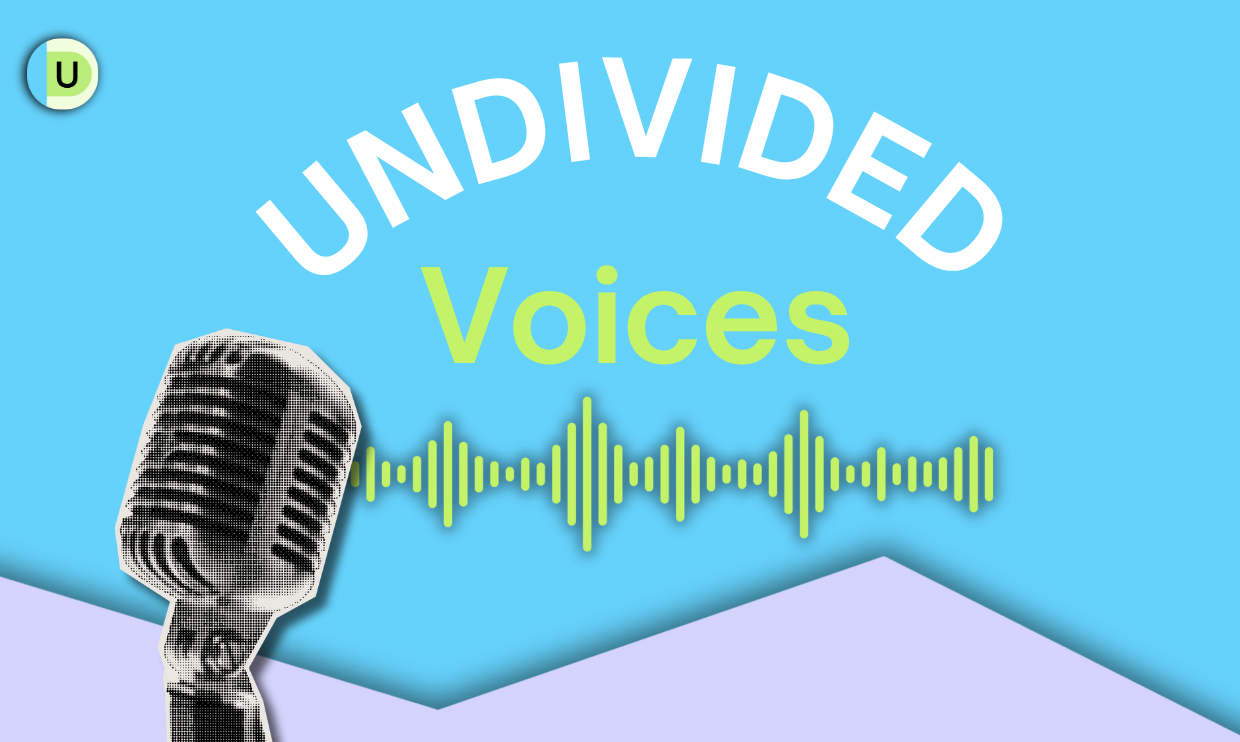Have you ever tried to explain your child’s needs to a school team or doctor, only to realize they’ve never even heard of the disability? Or maybe you’re still figuring it out yourself — learning terms like “low incidence,” “CVI,” or “O&M,” and wondering how all of it fits into your child’s IEP? If that sounds familiar, you’re not alone.
For parents of kids with low-incidence disabilities — like blindness or low vision, cerebral/cortical vision impairment, d/Deafness or hearing loss, or orthopedic impairments — the journey through special education can feel especially isolating. These disabilities may affect a small percentage of students, but the need for meaningful support is just as real (if not more complicated). And IDEA, the federal law that governs special education, actually has specific provisions for low-incidence disabilities — including funding for specialized services, therapies, equipment, and highly trained personnel.
So what exactly does IDEA cover? How do you ask for (and fund) the right assessments, accommodations, therapies, equipment, technologies, and services? And what other resources are out there to support your child both in and out of school, and yourself? We sat down with experts in medicine, education, public benefits, and special education to get all the insights you need to advocate with confidence and support your child’s growth, independence, and access to the world around them.

Check out our free resources designed to help you navigate the support of your child. From understanding what assessments and services your child is entitled to, to learning about accommodations and tech in the classrooms and in the world, and how to fund everything, these are must-reads for every step of the journey.
For an overview on low incidence disabilities:
- Low-Incidence Disabilities 101
- 🎧Short on time? Catch the highlights from this article in our on-the-go podcast episode.
For low vision, blindness, and CVI:
- Low Vision and Blindness 101
- Cerebral/Cortical Visual Impairment (CVI) 101
- Supporting a Child with Cerebral/Cortical Visual Impairment (CVI) at Home, School, and in the Community
- Tech, Equipment, Apps, and More for Low Vision and Blindness
- Orientation and Mobility (O&M) 101
For d/Deaf and hard of hearing:
- d/Deaf or Hard of Hearing (DHH) 101
- Supporting a Child With Hearing Loss at Home, at School, and in the Community
- Tech, Equipment, Apps, and More for Hearing Loss
For orthopedic impairment in the IEP:
- Orthopedic Impairment (OI) 101
- Tech, Equipment, Accommodations, and More for Orthopedic Impairment (OI)
🎧 No time to read? We’ve got you. 🎧
Meet our new AI-powered podcast — your new go-to for IEP insights on the go. Whether you’re in the school drop-off line, stuck in traffic, or sneaking in a solo walk, you can now listen to highlights from our top parent resources and articles — turned into quick, bite-sized episodes. This week’s episodes cover all the essentials, so you can stay in the loop without having to find time to sit and read. Just hit play!
▶️ Episode 4: Understanding Low Incidence Disabilities
▶️ Episode 5: Navigating Low Vision and Blindness
If you missed episodes 1-3, find them on our podcast playlist here!

📌 AAC software discounts for Autism Acceptance Month! 📌
If your child uses augmentative and alternative communication (AAC), check out these programs that are available at a discount during April 2025 for Autism Acceptance Month!

Join us for office hours→ Our next expert office hours sessions will feature Lisa M. Carey, Undivided non-attorney education advocate. Join us on Wednesday, April 30, 12:00 p.m.–1:00 p.m. PT to get answers to your questions about IEPs and special education. If you’re not an Undivided member yet, get started here to join us for office hours every week.
Tune in to these Undivided Conversations happening this week on our Facebook page →
- Low Vision in Kids. Join us Saturday, April 19 at 10 a.m. PT as we break down what low vision is, how it differs from other types of vision loss, and what kinds of educational supports and services are available.
- Cerebral/Cortical Visual Impairment (CVI) Explained. Join us Sunday, April 20 at 10 a.m. PT as we break down the signs, supports, and strategies that can make a difference in your child with CVI development.
- Stay tuned! Our Undivided Conversation on d/Deaf and hard of hearing (DHH) coming soon!

💬As one of our parent members told us: “Undivided is by far the best decision I made after getting a diagnosis for my son. They helped me in ways that I didn’t know I needed. I know if I have questions, I can reach out and get honest advice from people who understand.”

![]() If you have questions about how public benefits like Medi-Cal and Regional Center can support your child’s needs, our parent community is an amazing source of wisdom! Join our private Facebook group for parents→
If you have questions about how public benefits like Medi-Cal and Regional Center can support your child’s needs, our parent community is an amazing source of wisdom! Join our private Facebook group for parents→
![]() Working on getting the right AAC supports for your child written into the IEP? Check out our AAC playlist on YouTube for expert insights→
Working on getting the right AAC supports for your child written into the IEP? Check out our AAC playlist on YouTube for expert insights→
![]() Some of our incredible Undivided Navigators were at the Dear Mom Conference over the weekend! Check out the highlights on our Instagram→
Some of our incredible Undivided Navigators were at the Dear Mom Conference over the weekend! Check out the highlights on our Instagram→
![]() We’re here to help parents access services, resources, strategies, specialists, and more. Connect with us on LinkedIn to share Undivided with your network→
We’re here to help parents access services, resources, strategies, specialists, and more. Connect with us on LinkedIn to share Undivided with your network→
Organize everything you need for your child’s care on the go! Use the Undivided app to store your public benefits applications, insurance paperwork, and IEPs, and get step-by-step guidance to troubleshoot any issues with your child’s care. Get started→






























